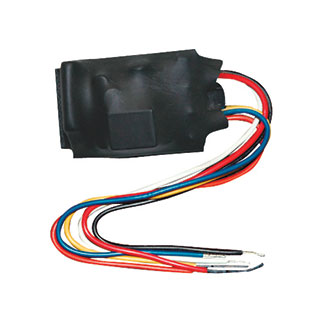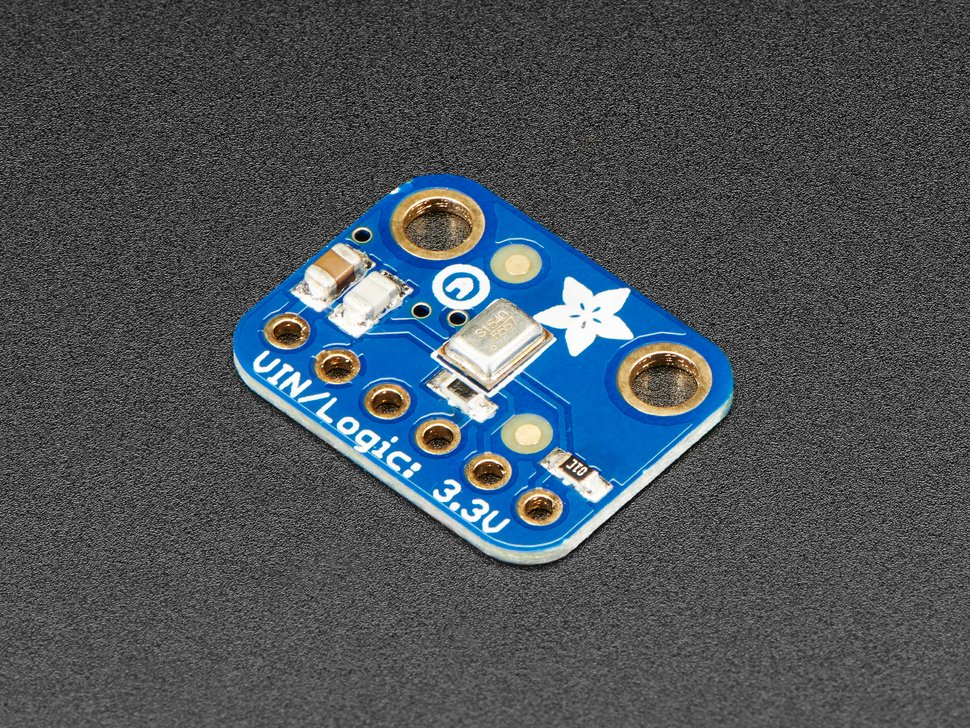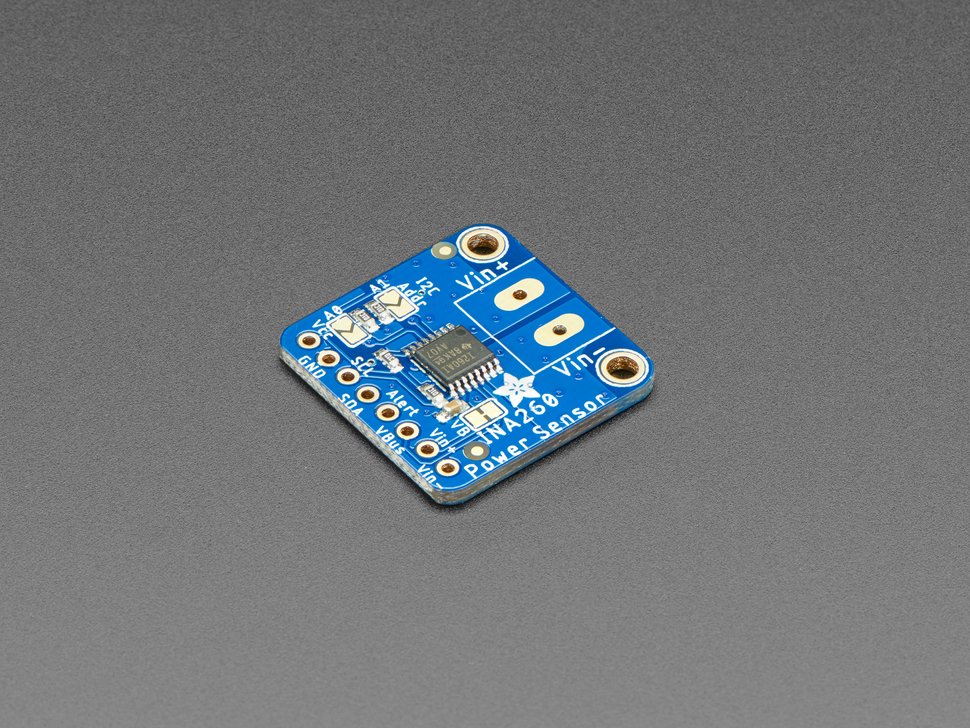Method 1: Hardwired Interconnect Wire
Almost every hardwired interconnect smoke alarm vendor sells an interconnect wire relay module. These modules are used to trigger stairway lighting, exterior sirens, or other notification systems. The module pictured below is the Kidde SM120X and is available for < $20. Once this module is connected to your hardwired smoke alarm interconnect you can use the relay output to perform a contact closure on an ESPHome or other smart device to get a notification in your smart home home automation system. This is a great solution because it leaves your existing smoke alarms exactly in tact, but gives you notification that an alarm has gone off.

An interesting note, if you do not currently have interconnected wired smoke detectors, you can use a Kidde RF-SM-ACDC detector to bridge a wired and wireless interconnect system while also connecting to a SM120X relay. This makes it incredibly easy to replace existing battery or non interconnected hardwired smoke alarms with a completely interconnected system that is also connected to your home automation smart home system.
Method 2: Microphone Attachment
A microphone attached to your existing smoke alarm can be set to trigger at an extremely high volume. This can be setup through the ADC integration in ESPHome or via the i2c pins with a mems based microphone breakout (pictures below)

Method 3: Current Sensor
If you have a battery only smoke detector you can watch the current draw from the battery. The current draw during an alarm is significantly higher than the idle period and is easily detected with a current sense resistor and amplifier. However, this requires cutting into the smoke alarm power source. Therefore, we recommend users refrain from using this method in favor of one that does not require modification of the smoke alarm.


